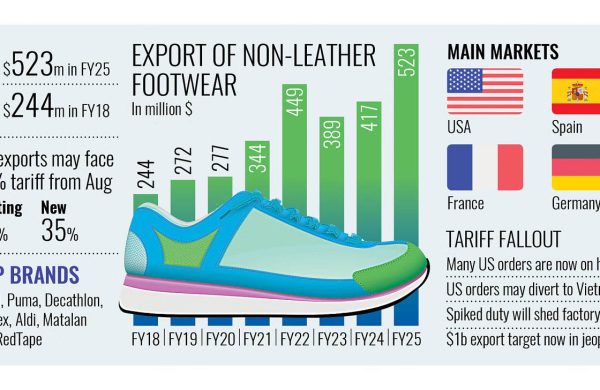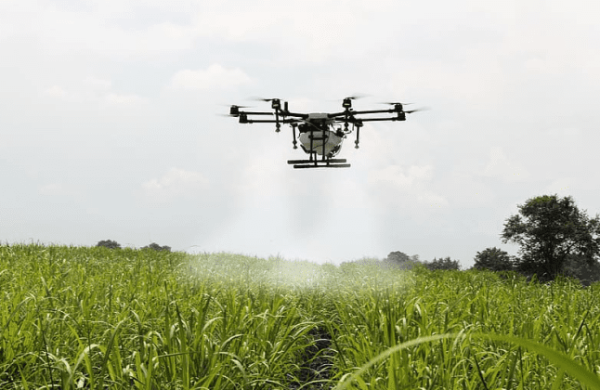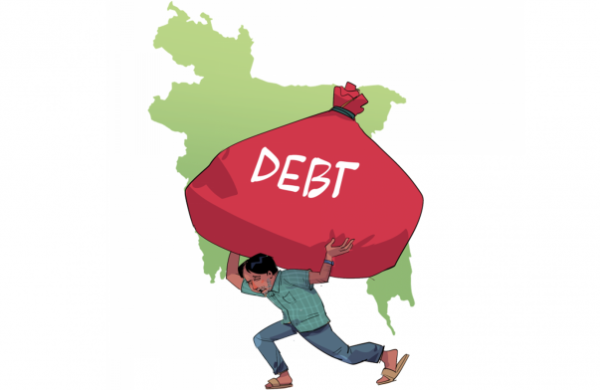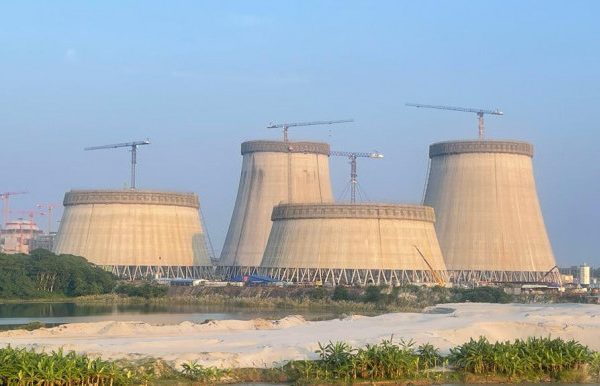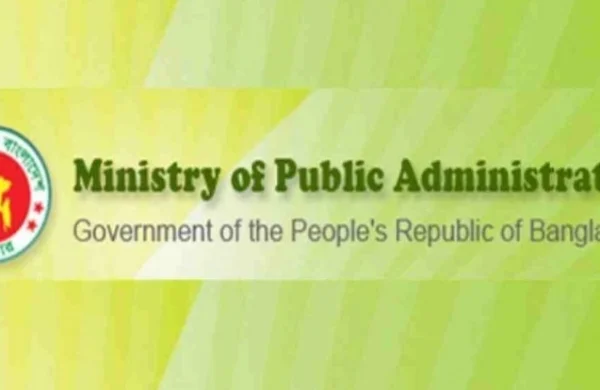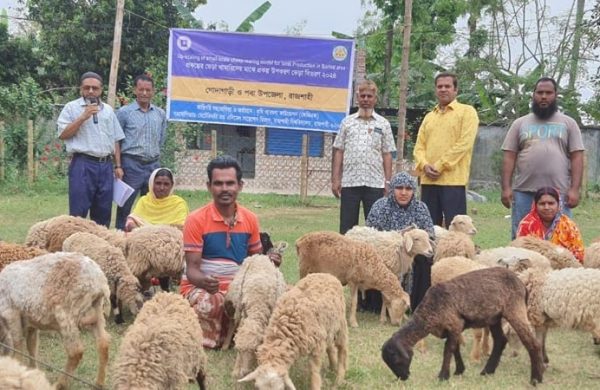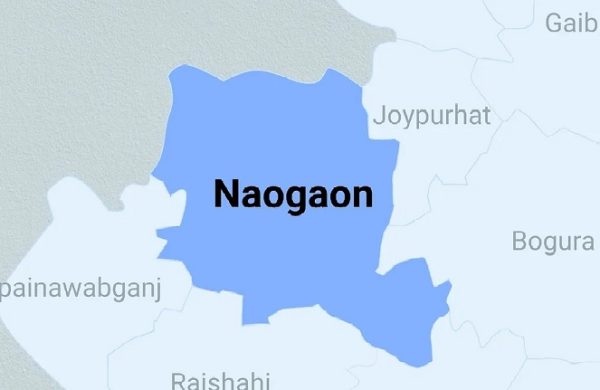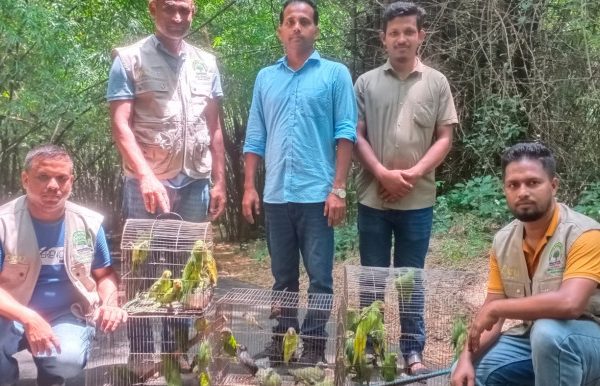Skyrocket of feed prices: Poultry, dairy farmers on the verge of ruination
- Update Time : Sunday, November 27, 2022

Many poultry and dairy farms shut down for incurring frequent losses
Staff Correspondent:
Chattogram dairy farmer Jasim Uddin thought he had reached the tipping point during the pandemic. Sales dropped almost to zero as feed prices kept gyrating. But he managed to survive somehow.
In recent months, Jasim Uddin understood he finally had enough. He sold five of his 15 dairy cows on Friday last week. The thing that is putting him over the edge is exorbitant grain prices.
“The farm’s monthly income is Tk2.60 lakh, but costs since early 2022 have been hovering around Tk3.10 lakh. I can no longer continue incurring Tk50,000 in losses every month,” said an upset farmer Jasim Uddin.
He said, he will sell the remaining cattle as soon as possible to save at least the investment.
Small dairy and poultry entrepreneurs like him across the country say they are in serious trouble as a result of skyrocketing feed prices.
On the other hand, feed manufacturers point the finger at the unusual price surge of raw materials in the international market owing to the Russia-Ukraine war. Besides, Bangladesh’s dollar crunch deters raw material imports.
According to the local feed industry, the backward linkage of poultry, shrimp, fishery and cattle farms, raw material prices have increased by 30-40 percent in the global market, pushing up local feed prices by 100percent-250percent in the past three years.
In the wake of recurring losses, many dairy and poultry farms have already closed down while some others are likely to follow.
For example, Santosh Ghosh of Durduri village of Chattogram’s Satkania shuttered his farm last week after selling off all his eight cows. The youth set up the farm last year with loans after losing his job in Oman during the pandemic.
“It is impossible to buy feed and run the dairy with the money I get from selling milk,” Santosh said.
Abul Kashem Swapan, owner of Chattogram’s Desh Agro, said he is reducing the number of cows in the farm for survival. “I have already sold five of my ten cows.”
Malik Mohammad Omar, general secretary of Chattogram Divisional Dairy Farmers’ Association, said milk production costs have increased by 50 percent in the last three years, but milk prices rose only by 20 percent.
Mohammad Iqbal Hossain, president of the Bangladesh Dairy Farmers’ Association said, about 20 percent of the total number of farms have been closed down so far due to the feed price hike and Covid pandemic.
“This number does not stop at 20percent as more farms are pulling out of the business every day,” he added.
According to the Department of Livestock Services, there are 4.20 lakh dairies across the country producing 130.74 lakh tons of milk per year. Besides, the farms meet the overall demand for sacrificial cattle.
Zeenat Sultana, deputy director (Farm) of the Department of Livestock Services, told that, the department is concerned about the mismatch between feed prices and dairy sales.
She said the department is working on procurement of cattle feed raw materials from alternative sources.
Poultry can’t pass the buck on to consumers:
Similar to the dairy industry, poultry feed prices escalated to Tk3,200 per sack from Tk1,200 in the last three years.
The cost of broiler chicken production is now Tk120 per kg, as farmers get Tk130 at the wholesale level, according to Alamgir, a small poultry farmer in Chattogram’s Chandanaish Upazila.
He said farmers are not able to pass the buck on to consumers.
“If prices are increased, more people will exclude chicken from their menu – forcing more farms to close in the long run,” said Liton Chowdhury, general secretary of Greater Chattogram Poultry Association.
According to the Department of Livestock Services, there are 1.95 lakh poultry farms in the country. The farms produce 2,335.35 crore eggs and 38.44 lakh tons of meat annually.
Int’l market surge, dollar crunch grip feed-makers:
Feed prices rose 50 percent to 250 percent in the last three years, according to farmers and feed sellers, thanks to price hikes of feed raw materials in the international market. In recent months, feed manufacturers have been facing difficulties in opening letters of credit (LCs) to import raw materials.
Sales are plummeting as feed prices increase, said Mahbubul Alam, a feed seller in Chaktai of Chattogram’s Khatunganj. He said sales have declined to 50 sacks a day from the earlier 200-250 sacks.
Shah Jalal, deputy general manager of feed producer Agro Tech Feeds Limited, said, “Despite trying for the last two or three weeks, we have not been able to open an $8 lakh LC to import maize. If this situation continues, feed production will be disrupted, affecting the entire agro sector.”
Ihtesham B Shahjahan, managing director of Quality Feeds Limited, echoed similar sentiments about banks cold shouldering LC opening. “Many feed mills will shut down if they cannot import raw materials.”
Soybean meal is the main ingredient in cattle feed production. Other raw materials include maize, rice husk, flour, fish meal, flour, mustard oil, vitamins and minerals. Feed producers import most of the items.
Industry insiders said that the feed industry gained a new dimension thanks to a burgeoning commercial poultry and fish farming in the past couple of years. However, the industry experienced a major setback during the pandemic.
At that time too, the price of raw materials had increased manifold. With the pandemic on the wane last year, the feed industry started to turn around.
Financial reports of three major feed producers – Aman Feed, National Feed and Index Agro – listed on the main board of the capital market also demonstrate the ailing health of the industry.
Manufacturers could not log profits in FY22 as raw materials became pricier.


